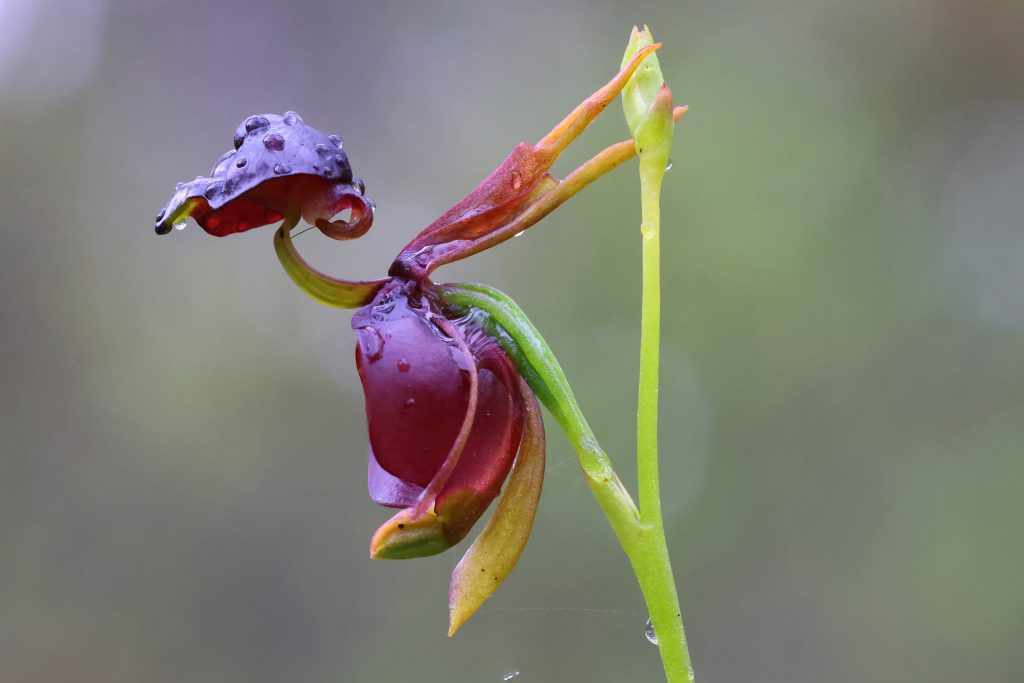Nature never fails to amaze me with its creativity. Among the countless wonders of the plant kingdom, some species have evolved to resemble familiar faces. These botanical oddities grab your attention with their face-like appearance. From orchids that mimic monkeys to flowers that seem to smile, these plants bring a little joy to our lives, reminding us to pause and take a breath and marvel at the natural world.
Monkey Face Orchid
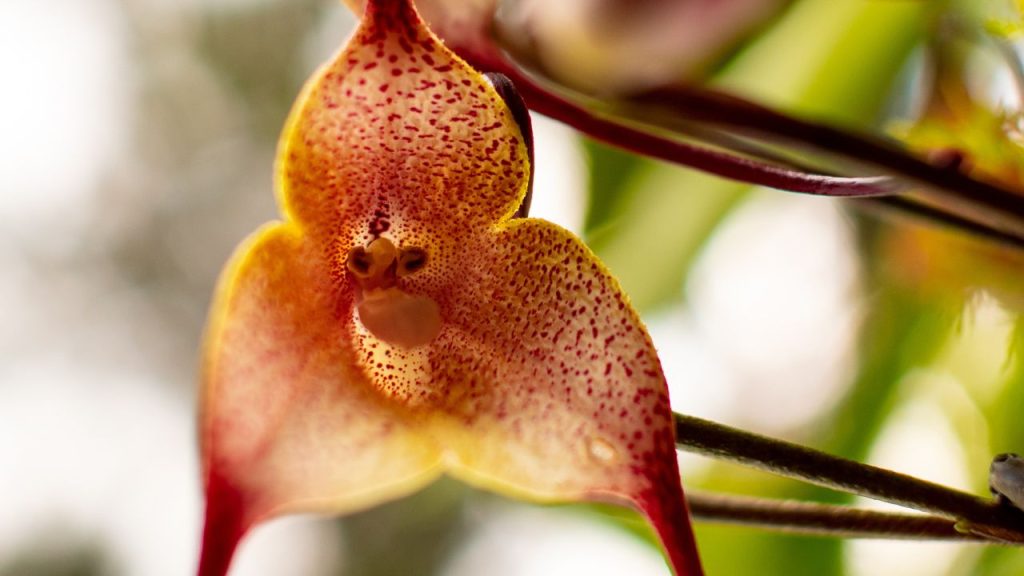
The Dracula simia, commonly known as the Monkey Face Orchid, is a remarkable flower native to the cloud forests of Ecuador, Colombia, and Peru. Its distinctive bloom bears an uncanny resemblance to a monkey’s face, complete with round eyes and an elongated snout. This rare orchid thrives in cool, humid environments and blooms year-round, delighting observers with its primate-like appearance.
Snapdragon Seed Pod
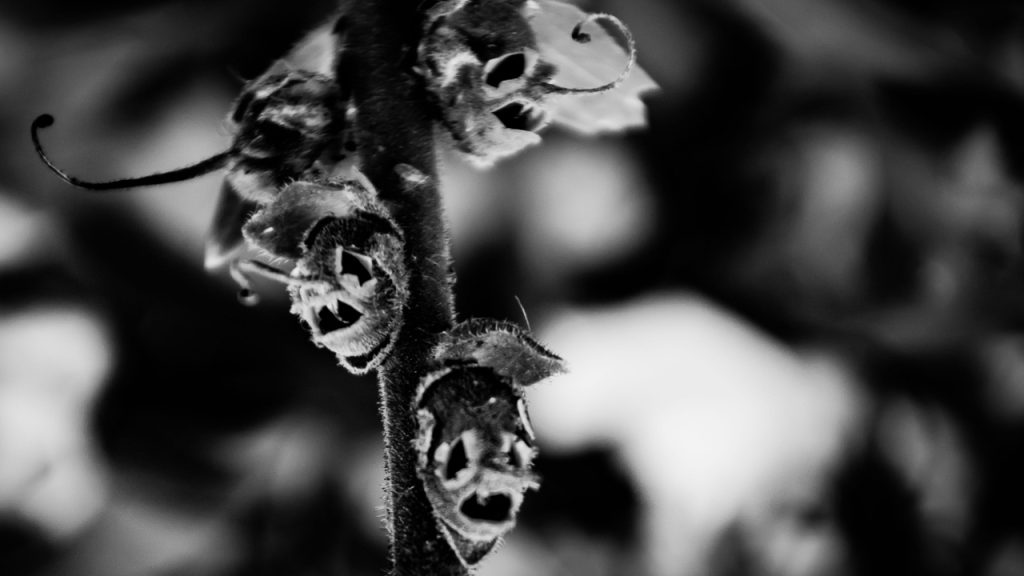
While snapdragons are known for their colorful, dragon-shaped flowers, it’s their seed pods that truly capture the imagination. Once the bloom fades, the dry seed capsule forms what looks like a tiny human skull. These eerie, face-like structures have earned snapdragons a place in folklore and garden mythology. Despite their somewhat spooky appearance, snapdragon seed pods are harmless and fascinating to observe.
Happy Alien Flower
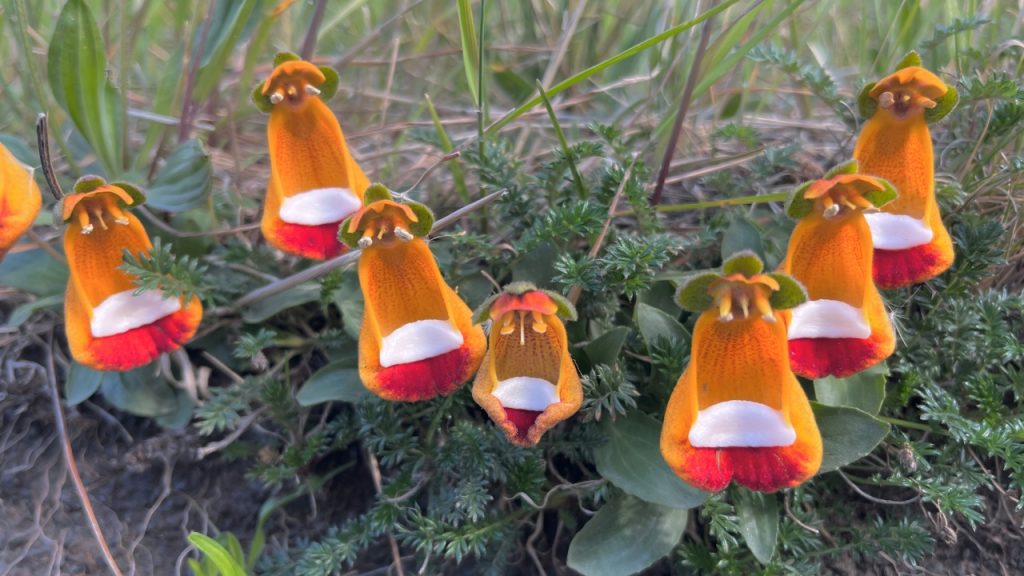
The Calceolaria uniflora, nicknamed the Happy Alien Flower, is a charming plant native to Patagonia. Its bloom features a distinctive “face” with what appears to be two large eyes and a wide, grinning mouth. This unique appearance has made it a favorite among plant enthusiasts and photographers. The Happy Alien Flower thrives in cool, moist conditions and adds a whimsical touch to any garden.
Bleeding Heart
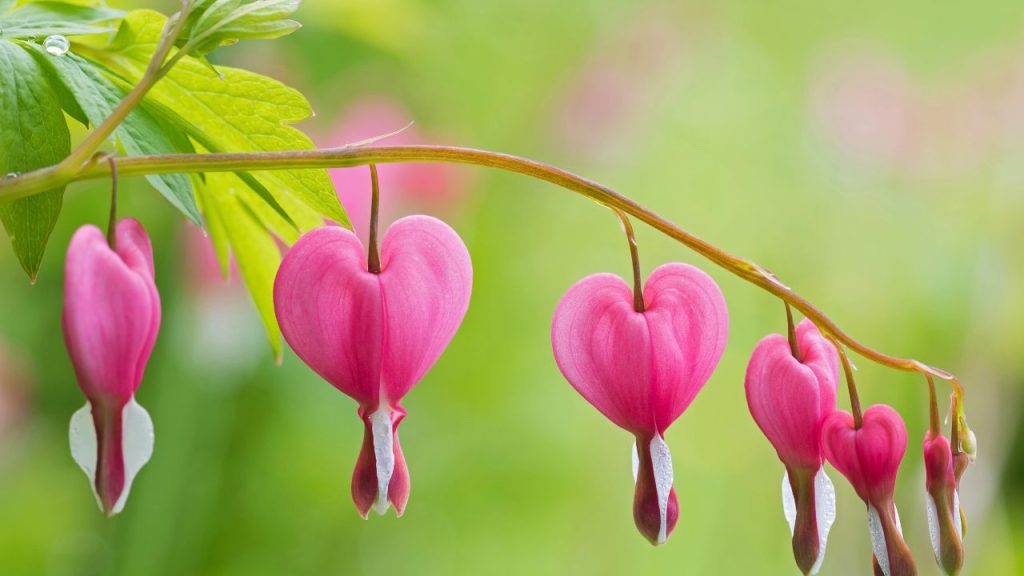
The Lamprocapnos spectabilis, or Bleeding Heart, is a striking plant with heart-shaped flowers that appear to have a drop of blood at the bottom. When viewed from the right angle, these delicate blooms resemble tiny faces with distinctive features. Native to eastern Asia, the Bleeding Heart prefers shaded areas and moist soil. Its unique appearance has made it a popular choice for woodland gardens and shaded borders.
Parrot Flower
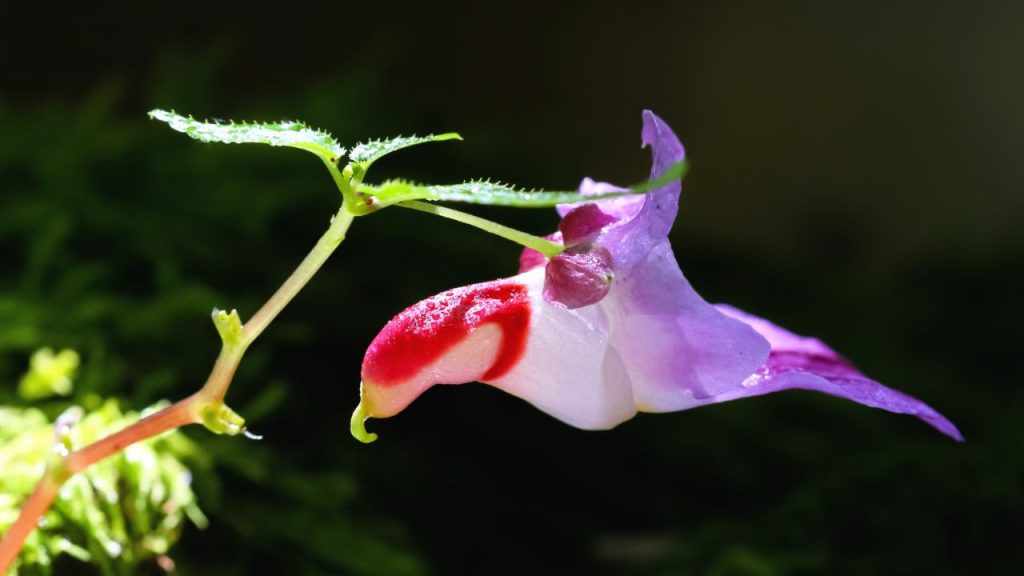
The Impatiens psittacina, known as the Parrot Flower, is a rare species native to Southeast Asia. Its bloom bears a striking resemblance to a flying parrot, complete with a head, beak, and wings. This unusual flower is critically endangered in the wild due to habitat loss and over-collection. Conservation efforts are underway to protect this remarkable species and ensure its survival for future generations to marvel at.
White Egret Orchid
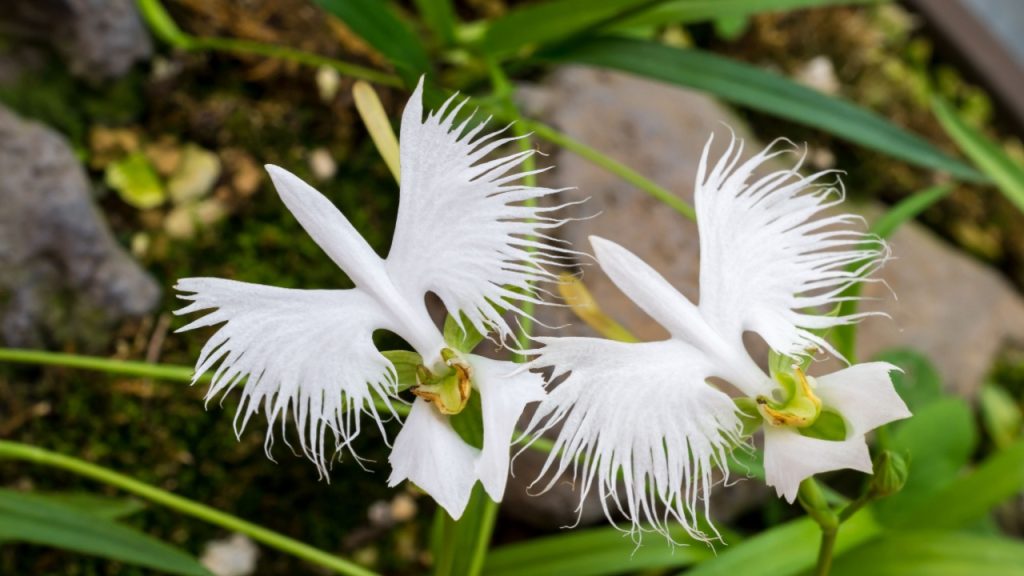
The Habenaria radiata, or White Egret Orchid, is a stunning flower that resembles a white bird in flight. Native to China, Japan, and Russia, this orchid’s bloom features delicate white petals that form the shape of a bird’s head, body, and outstretched wings. The White Egret Orchid prefers boggy conditions and is a protected species in many areas due to habitat loss.
Bee Orchid
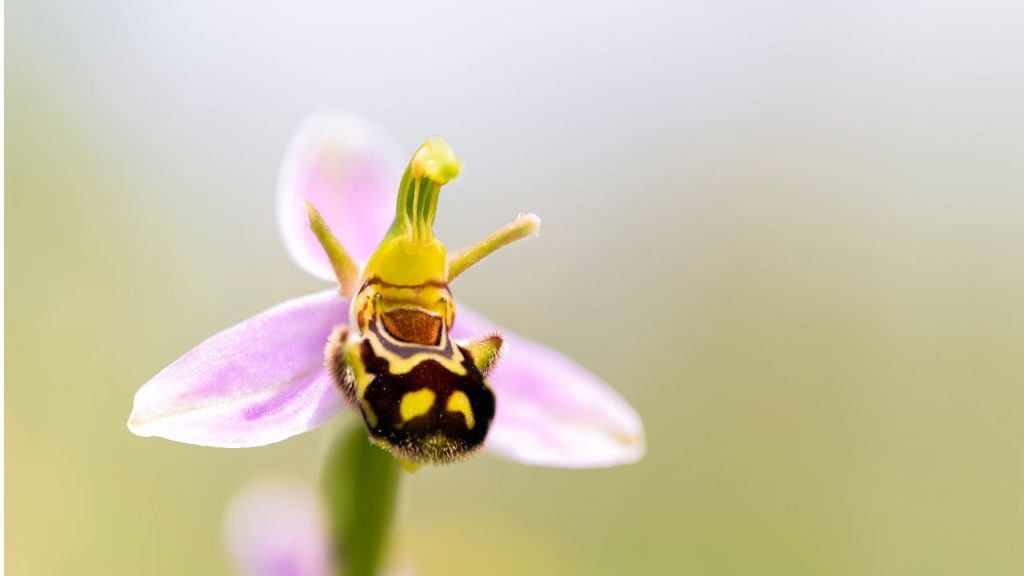
The Ophrys apifera, commonly called the Bee Orchid, has evolved to mimic the appearance of a female bee. This clever adaptation attracts male bees, facilitating pollination. The flower’s lower lip resembles a bee’s body, complete with fuzzy hairs and distinctive markings. Found across Europe and the Mediterranean, the Bee Orchid is a testament to the intricate relationships between plants and pollinators.
Angel Orchid
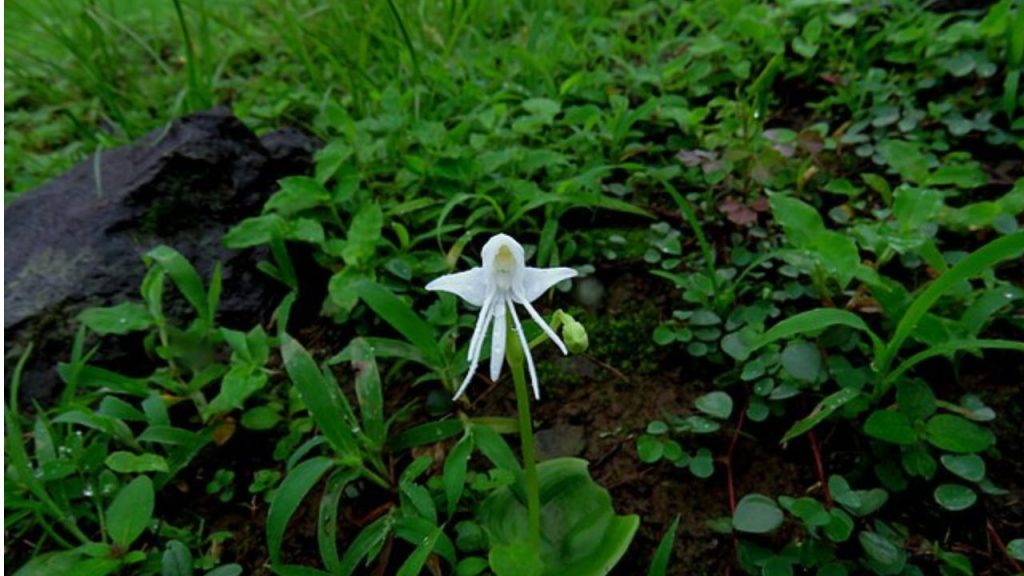
The Habenaria grandifloriformis, or Angel Orchid, is a rare species found in parts of India. Its white flower bears a striking resemblance to a tiny angel with outstretched wings. This delicate orchid blooms during the monsoon season and is considered sacred in some local traditions. The Angel Orchid’s unique appearance has made it a subject of fascination for botanists and nature enthusiasts alike.
Duck Orchid
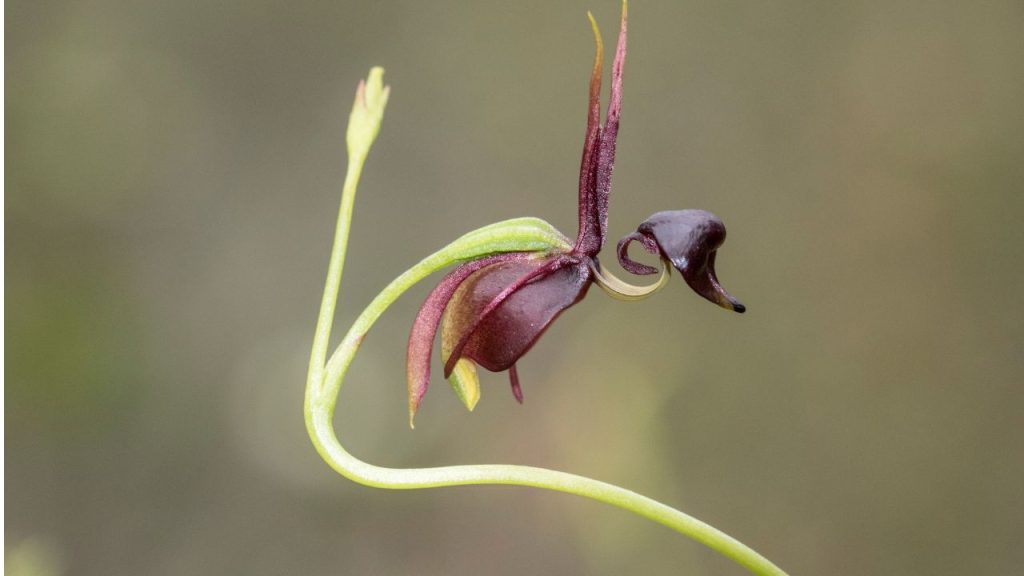
The Caleana major, known as the Duck Orchid, is a bizarre and captivating flower native to Australia. Its bloom resembles a duck in flight, with a distinct head, beak, and body. This unusual orchid uses a complex mechanism to trap insects for pollination. The Duck Orchid is a prime example of the diverse and often surprising forms that flowers can take.
Swaddled Babies
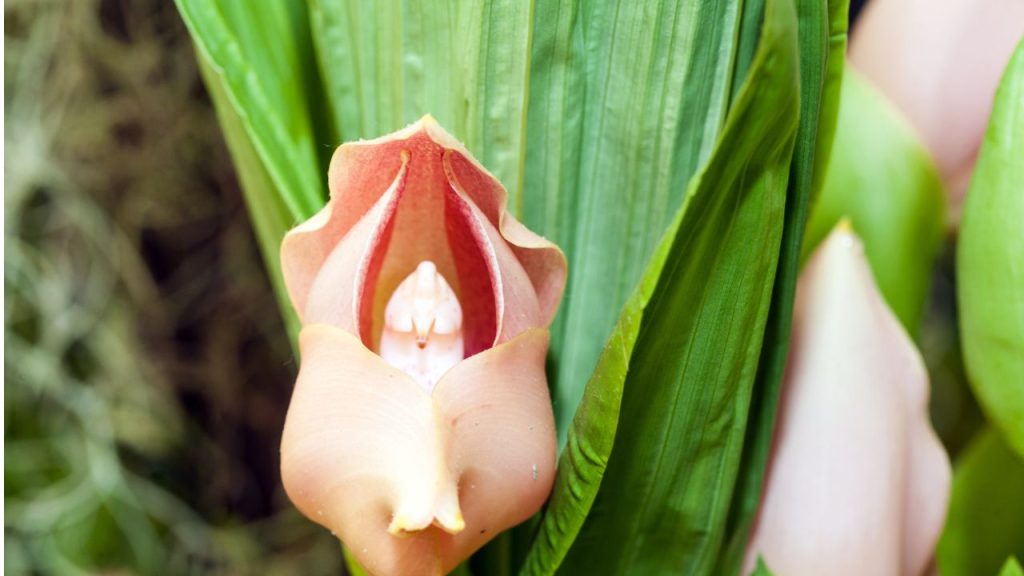
Anguloa uniflora, nicknamed the Swaddled Babies orchid, produces flowers that look like tiny infants wrapped in blankets. Native to the cloud forests of South America, this orchid’s blooms open to reveal what appears to be a baby’s face peeking out from petals that resemble swaddling clothes. This charming plant has captured the hearts of orchid enthusiasts worldwide.
Hooker’s Lips
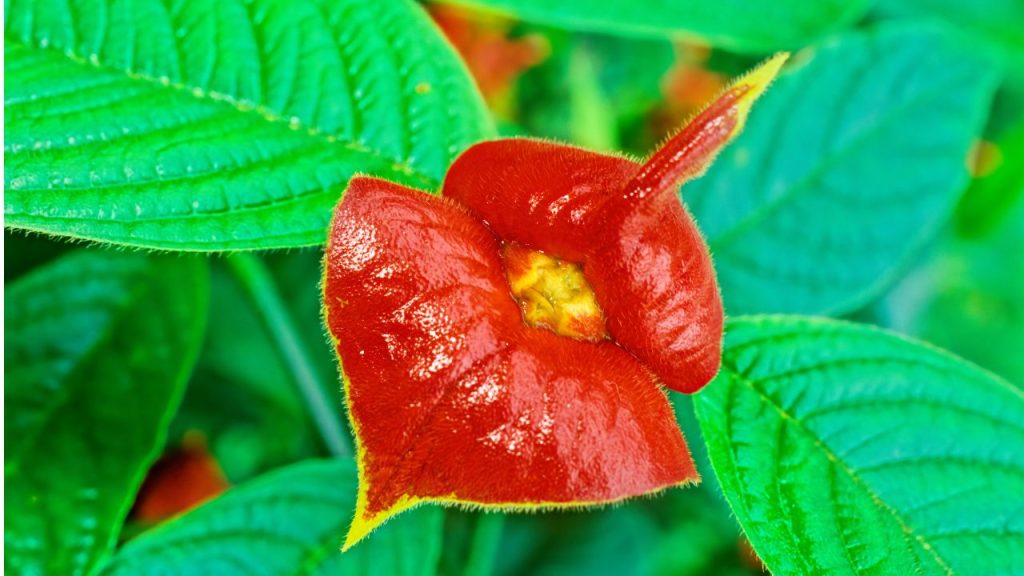
Psychotria elata, commonly known as Hooker’s Lips or Hot Lips, is a tropical plant found in the rainforests of Central and South America. Its bright red bracts resemble a pair of luscious, puckered lips. This eye-catching plant has become popular in tropical gardens and is often featured in nature photography. However, its habitat is under threat due to deforestation.
Naked Man Orchid
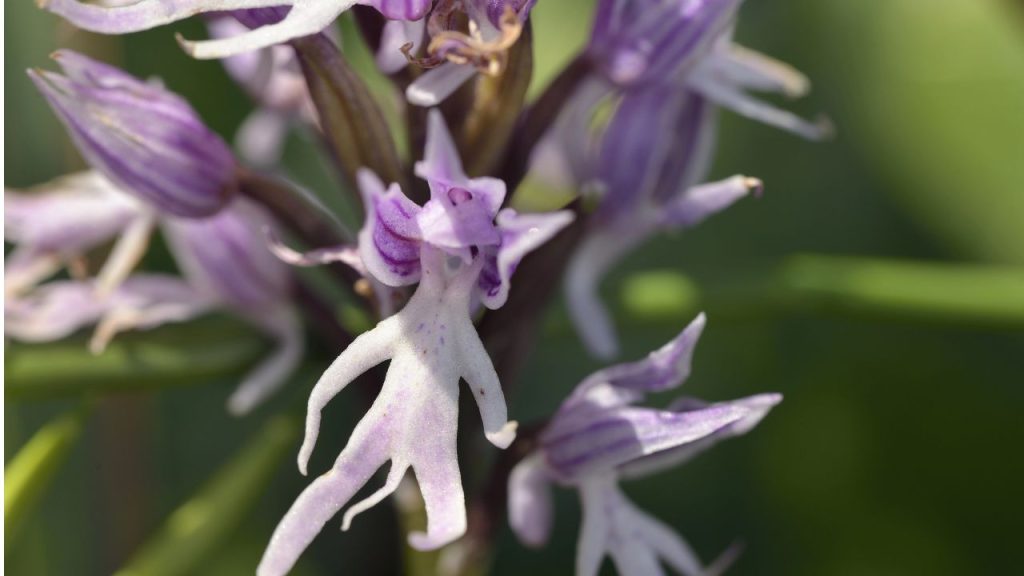
The Orchis italica, or Naked Man Orchid, produces clusters of small pink flowers that resemble tiny human figures. Native to the Mediterranean region, this orchid’s blooms feature distinct “arms,” “legs,” and even a small “head.” While its appearance might elicit a chuckle, the Naked Man Orchid plays an important role in its ecosystem and is protected in many areas.
Laughing Bumble Bee Orchid
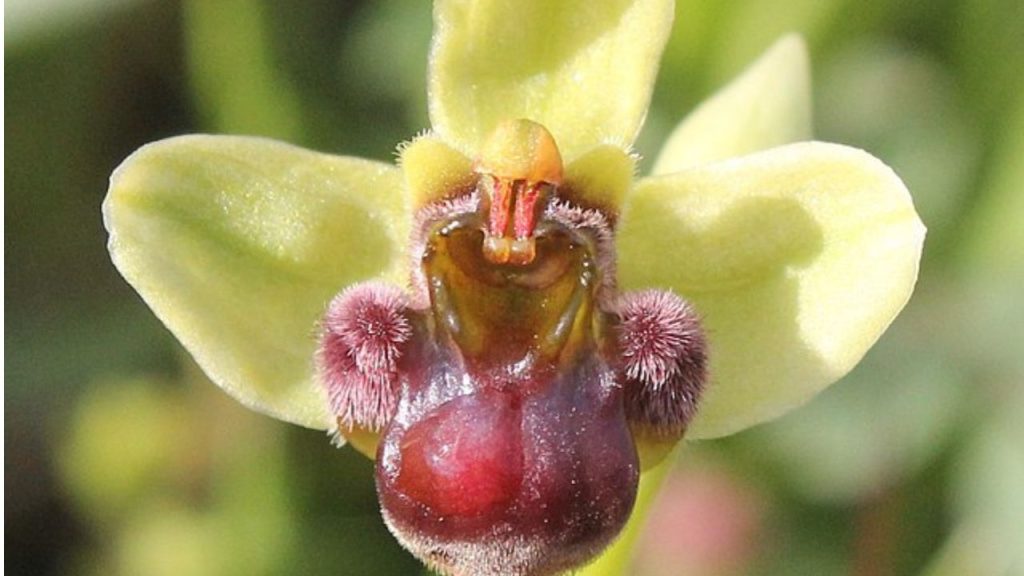
The Ophrys bomybliflora, or Laughing Bumble Bee Orchid, is a charming plant native to the Mediterranean region. Its flower resembles a smiling bumblebee, complete with fuzzy-looking petals and a distinctive “face” with what appears to be two eyes and a wide grin. This clever mimicry helps attract pollinators, ensuring the orchid’s survival. The Laughing Bumble Bee Orchid is a favorite among orchid enthusiasts for its unique and endearing appearance.
Pareidolia Pansy
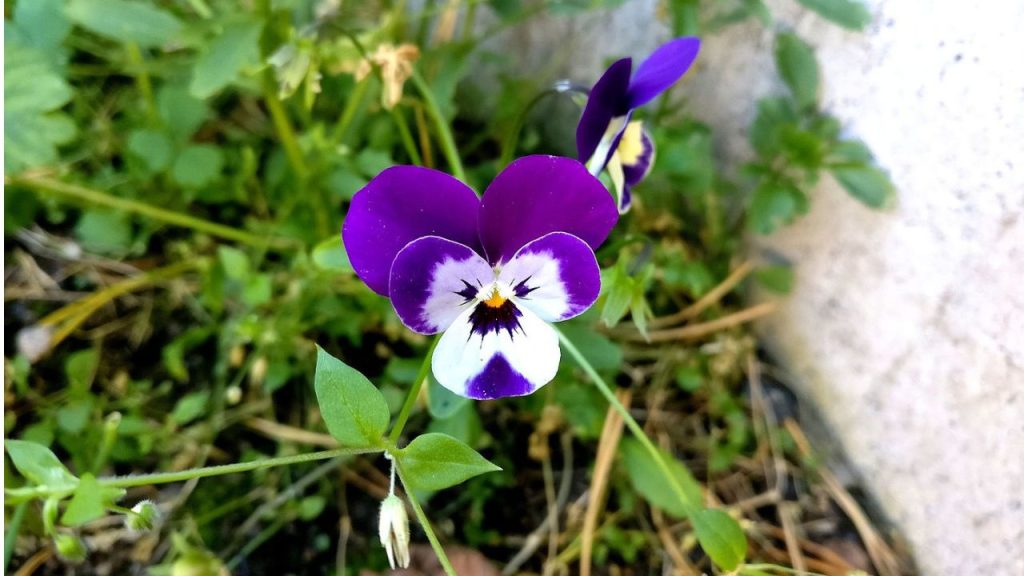
While not a specific species, many pansies exhibit what’s known as pareidolia – the tendency for humans to see faces in random patterns. The distinctive markings on pansy petals often create the illusion of a face, with dark centers resembling eyes and surrounding patterns forming a mouth or nose. This effect has made pansies a popular choice for gardens and has inspired countless stories and artworks.
Katy Willis is a writer, master herbalist, master gardener, and certified canine nutritionist who has been writing since 2002. She’s finds joy in learning new and interesting things, and finds history, science, and nature endlessly fascinating.
